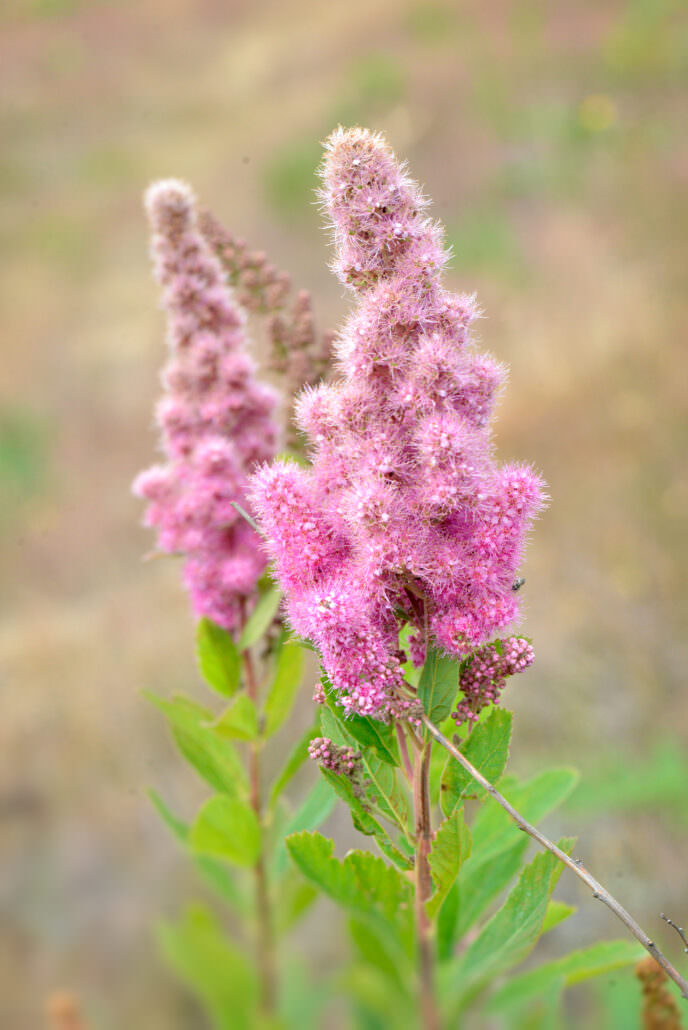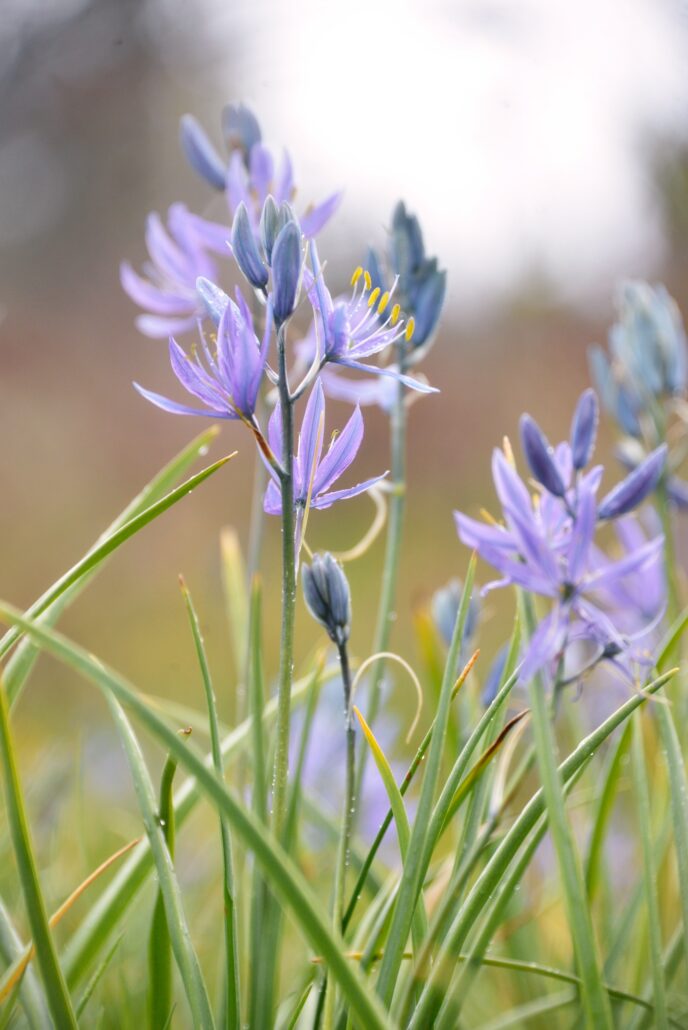Prairie Conservation
Overview
Prairies are one of the rarest ecosystems in Washington and over 90% of highly threatened prairie land has already been lost. Once native prairie is converted to other use, such as housing or industry, it becomes inhospitable and often uninhabitable to its original residents. As prairies dwindle, so do the number of native species who thrive on them.
Prairies have long offered Indigenous people an open landscape where game can be easily hunted and a great diversity of edible foods and medicinal plants can be gathered. Conservation and restoration of remaining prairie fragments is crucial to the long-term survival of this unique ecosystem.
Wolf Haven’s Role
In addition to our wolf sanctuary, Wolf Haven’s acreage includes 36 acres of rare Mima mound prairie, 8 acres of Garry oak/conifer woodlands, and 8½ acres of wetlands ranges. This mosaic of habitats makes up the Patrick Vance Dunn Memorial Prairie, which offers unique opportunities for restoration and reintroduction of regionally rare species.
In 2001, Wolf Haven began its prairie restoration project with the primary goal of strengthening its role as a host for rare and threatened prairie species. Restoration activities on our prairie are conducted through working partnerships with Center for Natural Lands Management, Ecostudies Institute, U.S. Department of Defense, Washington Department of Fish & Wildlife, Washington Department of Natural Resources, USDA Natural Resource Conservation Service, U.S. Fish and Wildlife Service, and Black Hills Audubon Society.
Outcome
Through our working collaboration with state/federal agencies and conservation organizations, Wolf Haven’s prairie has seen a remarkable resurgence of native flora and fauna. Hundreds of native plants have been donated and planted at Wolf Haven. Volunteers routinely collect seeds from larkspur, early blue violets, goldenrod, blue camas, lupine, and strawberry runners to be planted on other prairie preserves throughout the area. We also regularly remove invasive species, like scotch broom, and conduct annual prescribed prairie burns.
More than 190 plant species have been identified on Wolf Haven’s prairie and 332 Mazama pocket gophers have been relocated from sites under development to mounds on our prairie. Fifty-four kinds of birds have been sighted and bat boxes on site are heavily used by native bat populations. We also hope to become a reintroduction site for the rare Taylor’s checkerspot butterfly.
Learn More
Want to learn about unique South Puget Sound prairie ecosystems and how you can help to conserve and protect the wide range of flora and fauna that call prairies home? Watch our Promise for the Prairie video featuring interviews with conservation partners and beautiful footage of our prairie!
MORE INFORMATION



